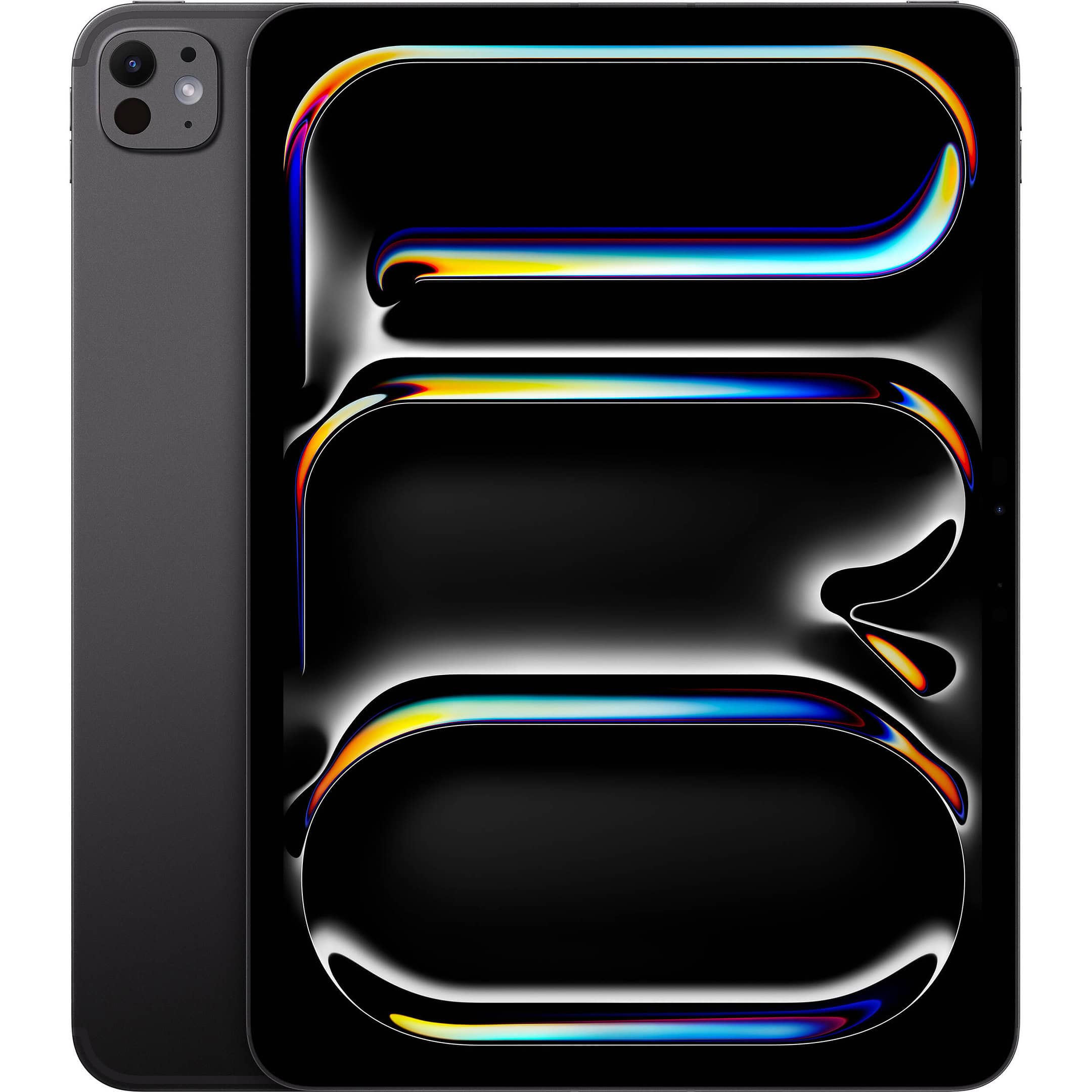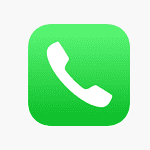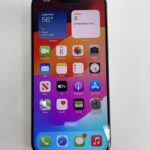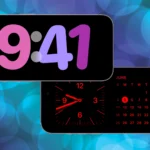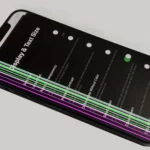Tablets with big screens are getting more popular. People want them for work, school, and fun. The biggest tablet screens today are about 14 inches wide. The market for large-screen tablets is booming, with options for every budget and use case. Whether you’re a creative professional, a student, or simply someone who enjoys watching movies on a big screen, there’s a tablet out there for you.
Samsung’s Galaxy Tab S9 Ultra is the largest mainstream tablet at 14.6 inches. It uses AMOLED technology for bright colors and deep blacks. Other top picks include the 13-inch iPad Pro and 13-inch Microsoft Surface Pro 9. These large tablets offer more space for drawing, watching videos, and multitasking.
Big-screen tablets often come with extras like styluses and keyboards. This makes them good for both creative work and office tasks. They can even replace laptops for some people. But they cost more and are heavier than smaller tablets.
Sizing Up the Big Screen Tablet Market
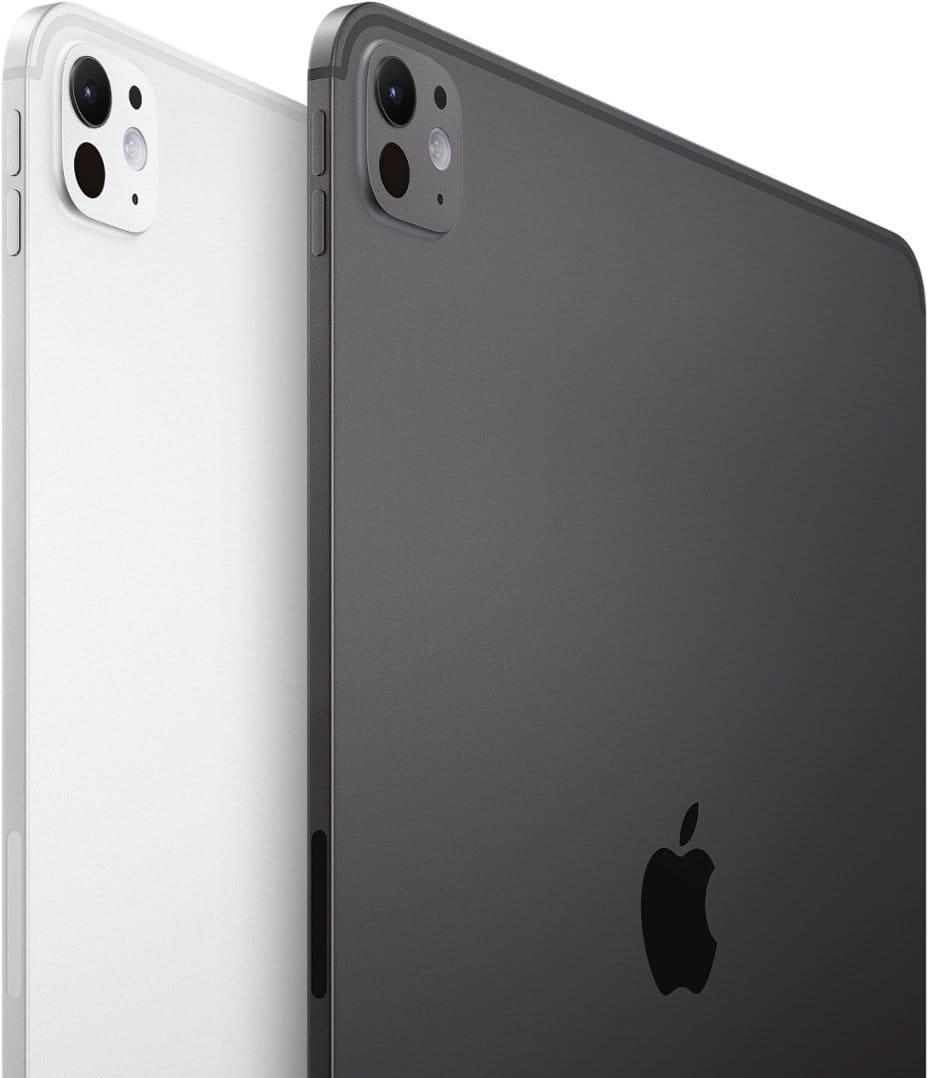
The Giants of the Industry
Apple’s iPad Pro line has long been a favorite for those seeking a larger tablet experience. The latest iPad Pro M4 boasts a stunning 13-inch display, making it the largest iPad ever released. It’s a powerhouse for productivity and creativity, with a Liquid Retina XDR display that delivers vibrant colors and sharp details.
Samsung’s Galaxy Tab S series is another contender in the large tablet space. The Galaxy Tab S9 Ultra takes the crown with its massive 14.6-inch Dynamic AMOLED 2X display, perfect for immersive entertainment and multitasking.
Lenovo’s Tab Extreme is a newcomer to the market, but it’s already making waves with its 14.5-inch OLED display. This tablet is designed for power users, with top-of-the-line specs and a sleek design.
Table: Comparison of Biggest Screen Tablets
| Tablet Model | Screen Size (inches) | Display Type | Resolution (pixels) | Key Features |
|---|---|---|---|---|
| Apple iPad Pro M4 (13-inch) | 13 | Liquid Retina XDR | 2732 x 2048 | M2 chip, ProRes video capture, Thunderbolt 4 connectivity, Face ID |
| Samsung Galaxy Tab S9 Ultra | 14.6 | Dynamic AMOLED 2X | 2960 x 1848 | Snapdragon 8 Gen 2 for Galaxy, S Pen included, quad speakers with Dolby Atmos, up to 1TB storage |
| Lenovo Tab Extreme | 14.5 | OLED | 3000 x 1876 | MediaTek Dimensity 9000 processor, JBL quad speakers with Dolby Atmos, dual 13MP rear cameras, up to 256GB storage, included keyboard and pen |

Other Notable Mentions
While not the absolute largest, other tablets offer generous screen sizes worth considering:
- Apple iPad Pro M4 (13.0-inch): Still a formidable option with its 13-inch Liquid Retina XDR display and powerful M2 chip.
- Samsung Galaxy Tab S9+: A slightly smaller alternative to the Ultra, with a 12.4-inch Dynamic AMOLED 2X display.

Choosing the Right Size for You
The best large screen tablet for you depends on your individual needs and preferences. Consider how you plan to use the tablet, whether it’s for work, entertainment, or a combination of both.
For those who prioritize portability, the 13-inch iPad Pro M4 or the 12.4-inch Galaxy Tab S9+ may be ideal. If you need the most screen real estate possible, the 14.6-inch Galaxy Tab S9 Ultra or the 14.5-inch Lenovo Tab Extreme are the top contenders.
Key Takeaways
- The largest tablet screens now reach up to 14.6 inches
- Big tablets often include styluses and keyboards for extra features
- Large screens are great for work and entertainment but cost more
Technological Advancements in Large Tablets
Large tablets have seen big improvements in screens, speed, and features. These changes make them better for work, play, and everything in between.
Display Technology
Tablet screens keep getting bigger and better. Many now use AMOLED or Liquid Retina XDR displays. These show bright colors and deep blacks. Some tablets have ProMotion tech for smooth scrolling.
Screen sizes have grown too. The largest tablets now have 17-inch screens. This makes them great for watching movies or drawing. High-resolution displays show sharp text and images. This helps with reading e-books or looking at photos.
Performance and Specifications
New tablets are much faster than before. Top models use powerful chips like the M1, M2, or Snapdragon 8 Gen 1. These let you run many apps at once without slowing down.
More RAM and storage help too. Some tablets have up to 16GB of RAM and 2TB of space. This is enough for most tasks. You can edit videos, play games, or work on big files.
Software and Connectivity
Tablets now run advanced software like Windows 11 or Android 13. These systems offer more features and apps. Some tablets can even replace laptops for work or school.
Faster internet is also key. Many tablets now have Wi-Fi 6E or 5G. This means quicker downloads and smoother video calls. Some Android tablets have DeX mode, which turns them into mini computers when plugged into a screen.
Leading Models and Features
Large tablets offer big screens and powerful features. Top brands like Apple, Samsung, and Microsoft lead the way with their flagship models.
Apple Ecosystem
The iPad Pro 13.0-inch is Apple’s biggest tablet. It has a bright screen with high resolution. The M2 chip makes it fast for work and play. It works with the Apple Pencil for drawing and writing. The Magic Keyboard turns it into a laptop-like device.
The iPad Air is a bit smaller but still powerful. It has a 10.9-inch screen and uses the M1 chip. This tablet is lighter and costs less than the Pro. It also works with the Apple Pencil and keyboard cases.
Both iPads run iPadOS. This system lets you use many apps at once. You can draw, edit videos, or work on documents easily.
Samsung Innovations
Samsung’s Galaxy Tab S9 Ultra is huge with a 14.6-inch screen. It’s great for watching videos or drawing. The S Pen stylus comes with it for free. You can write or sketch without buying extra tools.
The Tab S9+ is a bit smaller at 12.4 inches. Both tablets have AMOLED screens for bright colors. They run on Android and have long battery life.
Samsung’s tablets work well with their phones. You can answer calls or texts on your tablet. The S Pen is water-resistant so you can use it anywhere.
Microsoft Surface Line
The Surface Pro 9 is like a tablet and laptop in one. It runs Windows 11 so you can use full computer programs. The screen is 13 inches and works with a stylus called the Slim Pen 2.
You can add a keyboard to make it more like a laptop. The kickstand helps prop it up on a desk. It comes in different colors and has good speakers.
Microsoft also makes the Surface Pro X. It’s thinner and uses a different kind of chip. Both models are good for work and school tasks.
Additional Noteworthy Tablets
The Lenovo Tab P12 Pro has a big 12.6-inch screen. It’s good for watching movies or reading. The P11 Pro is smaller but still has a nice display.
ASUS makes the ROG Flow Z13. It’s a powerful tablet for gaming. It has a big screen and can connect to gaming accessories.
The OnePlus Pad is new to the market. It has a unique shape and works well for watching videos. These tablets give you more choices beyond the big three brands.
All About Tablet Computers
Tablets offer a unique blend of functionality and convenience. They bridge the gap between smartphones and laptops, providing a portable solution for entertainment, work, and education. This article explores the world of tablets, from their evolution to their varied uses, and offers insights into choosing the right one for your needs.
What Is A Tablet
Here’s a table summarizing what a tablet computer is:
| Feature | Description |
|---|---|
| Definition | A mobile device with a touchscreen interface, a mobile operating system, and a rechargeable battery in a thin, flat package. |
| Size | Larger than a smartphone but smaller than a laptop, typically with a screen size of 7 inches or more. |
| Operating System | Runs on a mobile operating system such as iOS, iPadOS, Android, or Windows. |
| Input | Primarily uses a touchscreen for input, but may also support an external keyboard, mouse, or stylus. |
| Output | Has a built-in speaker and microphone, and may also have a headphone jack. |
| Capabilities | Can be used for a variety of tasks, such as browsing the web, watching videos, playing games, reading ebooks, checking email, and using productivity apps. |
| Advantages | Portable, lightweight, easy to use, long battery life, and relatively affordable. |
| Disadvantages | Smaller screen and keyboard than a laptop, may not be as powerful as a laptop, and can be more fragile. |
Evolution & Types Of Tablets
The Evolution of Tablets
Tablets have come a long way since their inception. Initially seen as oversized smartphones, they have evolved into powerful devices capable of handling complex tasks. Today’s tablets are equipped with advanced processors, high-resolution displays, and long-lasting batteries, making them suitable for a wide range of activities.
Types of Tablets
There are several types of tablets available in the market, each catering to different needs:
- Standard Tablets: Ideal for general use, including browsing, streaming, and gaming.
- Convertible Tablets: These combine the features of a laptop and a tablet, often coming with detachable keyboards.
- Gaming Tablets: Specifically designed for gaming, these tablets have high-performance graphics and processors.
Is an iPad a Tablet?
Yes. An iPad is a tablet at its core but where it differs from most tablets you see is that it runs Apple’s proprietary operating system (iPadOS) and the hardware is manufactured by Apple. Other vendors’ tablets run different OSes, with the most common one being Android (made by Google), ChromeOS, or Windows for the Microsoft Surface line.
Tablet Operating Systems by Manufacturer:
| Manufacturer | Primary OS | Other Options |
|---|---|---|
| Apple | iPadOS | N/A |
| Amazon Fire | Fire OS (custom Android fork) | Android (limited access) |
| Microsoft Surface | Windows 11 | Windows 10 (older models) |
| Samsung Galaxy | Android | Custom Android UI (One UI) |
| Lenovo Tab | Android | ChromeOS (some models) |
| Huawei MatePad | HarmonyOS | Android (some international models) |
| TCL Tab | Android | N/A |
| Alcatel OneTouch Tab | Android | Windows 10 (older models) |
| Acer Iconia Tab | Android | Windows 10 (older models) |
| LG G Pad | Android | WebOS (older models) |
| BlackBerry PlayBook | BlackBerry Tablet OS | N/A |
| Kindle Fire | Fire OS (custom Android fork) | N/A |
| Nook | Android | N/A |
| Samsung Galaxy Book | Windows 11 | N/A |
Notes:
- This list is not exhaustive.
- Some manufacturers offer different operating systems on different models.
- Some operating systems are custom forks of others, such as Fire OS being based on Android.
- Some manufacturers have transitioned away from certain operating systems over time, such as LG dropping Android for tablets.
Tablets vs. Other Devices
Tablets available from other vendors include the Amazon Fire, Microsoft Surface, Samsung Galaxy and Lenovo Tab.
Comparing Tablets with Smartphones and Laptops
Tablets fill the gap between smartphones and laptops. They offer a larger screen than smartphones, making them better for media consumption and reading. Compared to laptops, tablets are more portable and have longer battery life, though they might lack the processing power of a full-fledged laptop.
Streaming and Gaming on Tablets
Tablets are excellent for entertainment, providing a portable way to enjoy movies, TV shows, and games. With high-quality displays and sound systems, they offer an immersive experience for users.
Reading eBooks and Digital Magazines
The larger screens of tablets make them ideal for reading eBooks and digital magazines. Their portability allows users to carry a library of books wherever they go.

